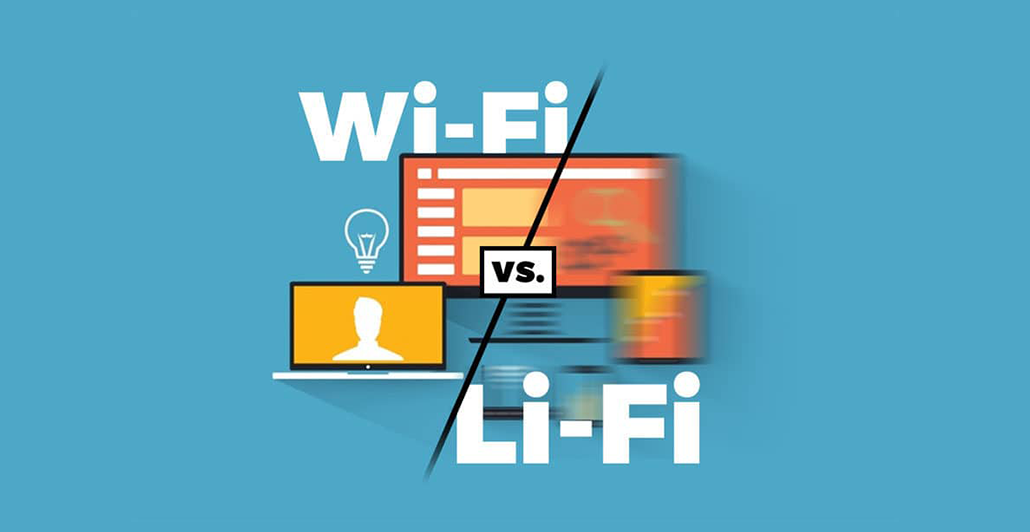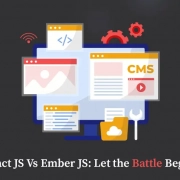Why Li-fi Is Better Than Wi-fi?
Problem Statement
- Wi-Fi has a lot of limitations and is facing a lot of threats nowadays. Threats like someone not authorized to access your network can access it, or steal your information. Another limitation could be the speed. It is good enough for a small group of people to use but not for office use.
- To overcome these limitations, the concept of Li-Fi (Light Fidelity) is introduced.
What is Li-Fi?
The “Light Fidelity system” is a mechanism that helps users in fast data transmission. Li-Fi offers the answer to overcoming 5G’s problems. It is a wireless optical networking technique that transmits data using light-emitting diodes (LEDs). It’s made to work with LED light bulbs, which are comparable to those found in many energy-conscious homes and offices. Li-Fi is a light communication system that uses visible light, ultraviolet light, and infrared light to deliver data at high rates. Only LED lights are capable of transmitting visible light in their current state.
Feasible Solution
- It has a faster speed than Wi-Fi.
- 100x times the frequency spectrum of radio.
- Data cannot be intercepted without a clear line of sight, making it more secure.
- Unimpeded by radio interference, because it doesn’t cause interference in delicate devices, it’s ideal for usage in places like hospitals and airplanes.
Working of Li-fi
There are two modules of Hardware with Arduino that work as Sender and Receiver.
- Transmitter
- Receiver

- Here, the sender will send the data. The sender is connected via USB cable with Arduino.
- The data which are coming from a sender is in digital form so Arduino will convert it into an electric form that will travel through LED light.
In wi-fi the transmission medium is air and data transfer is possible with radio signals while in LI-fi transmission medium is Led lights and data transfer is possible with light or optical waves.
- The output we will get from module-1 is optical waves which will become the input of module-2.
- Here, the receiver will receive the data. the receiver is also connected via USB cable with Arduino. The data which are coming from the LEDs in the optical form will be detected by photodiode and Arduino will convert it into digital form. Again, via USB cable the data will transmit to Pc-2
Li-Fi Vs Wi-Fi
- Wi-Fi is good for providing widespread wireless coverage within buildings, but Li-Fi is ideal for providing high-density wireless data coverage in restricted areas and reducing radio interference.
- Li-Fi outperforms Wi-Fi in terms of bandwidth, efficiency, availability, and security. There are various potential to utilize this medium by exploiting the low-cost characteristics of LEDs and lighting units, from public internet access through street lamps to self-driving automobiles that communicate through their headlights. Data for computers, smartphones, and tablets will be conveyed through the light in a room, according to Haas.
Non-functional Attributes
-
1. Security and Reliability
- Without a clear line of sight, data cannot be intercepted.
- Eliminates neighboring networking interface.
- Unimpeded by radio interference.
- It doesn’t cause interference in sensitive electrical devices, making it ideal for usage in places like hospitals and airplanes.
-
2. Availability
- When we want to use it is available for use 24×7.
-
3. Maintainability
- It is easy to maintain and it is portable.
- The cost is low.
-
4. Performance
- Higher performance than Spectrum WiFi plans.
- 100x times the frequency spectrum of radio.
- It’s Speed up to 224 GB/sec.
Limitations
-
1. Light Source Reliance
- Internet access is impossible without access to a light source. This may limit the places and situations where Li-Fi can be used.
-
2. Limited Range
- The signal’s range is restricted by physical obstacles since it employs visible light, which cannot penetrate walls. While this limited range is more secure, it might be inconvenient.
-
3. Interference
- Other light sources may cause the signal to be obstructed. The interception of transmissions outside is one of the most serious possible downsides. The transmissions will be hampered by sunlight, resulting in Internet outages.
-
4. New Infrastructure
- A whole new Li-Fi infrastructure would have to be built.
References
- Click on this link for more info:














